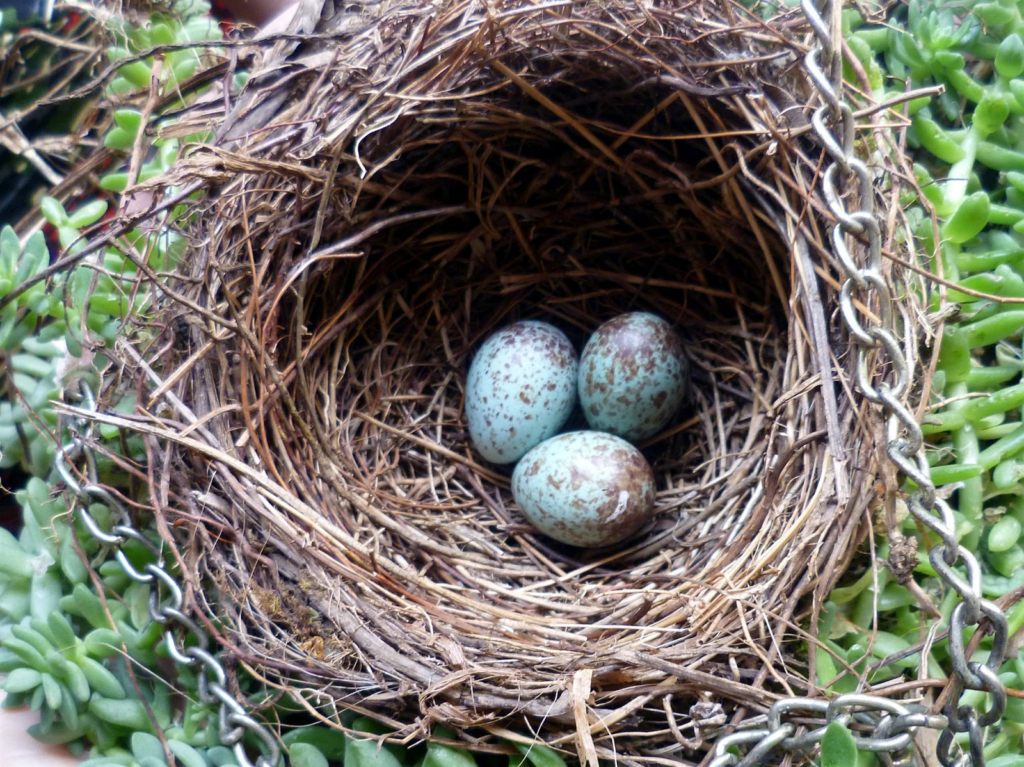The clay-colored thrush : Costa Rica’s National Bird

The clay-colored thrush (Turdus grayi) is more than a bird for Costa Ricans: it is a living symbol of the country’s identity, culture and nature. Declared the national bird on January 3, 1977, its melodious and powerful song has captivated generations and has become deeply integrated into Costa Rican folklore and traditions.
Cultural Significance
Folklore & Tradition
The song of the clay-colored thrush , heard at the end of the dry season, is considered a harbinger of the rains that bring hope and renewal. For farmers, this sound marks the beginning of a crucial period for harvests. This symbolic relationship has made the Yigüirro an emblem of prosperity and connection with the land.
In fact, this bird has inspired many artists over the years. Its presence is captured in songs, poems, stories and paintings that celebrate its beauty and its role as herald of the rains. In Costa Rican popular culture, the bird represents the harmony between humans and nature.
Connection with Nature
Watching the clay-colored thrush not only fosters a deeper connection with the natural environment, but also reflects a symbiotic relationship between Costa Ricans and their ecosystem. Farmers rely on the song of the bird as a natural guide to plan their activities, highlighting the interdependence between wildlife and human communities.
Characteristics of the clay-colored thrush
Physical Description
It is a medium-sized bird, with a predominantly brown and white plumage. Although it lacks showy colors, its song is what really distinguishes it and makes it unforgettable.


Habitat
They are found throughout Costa Rica, both in rural and urban areas, demonstrating a remarkable ability to adapt. Its proximity to homes makes it a familiar figure and loved by all.


Reproduction
During the rainy season, they build their nests and raise their chicks. This reproductive cycle coincides with an abundance of food, which ensures the survival of the species.


An Emblem of Hope and Renewal
The clay-colored thrush is not only a natural indicator of seasonal changes, but also a reminder of the cultural and ecological richness of Costa Rica. Its song, present in the cities as well as in the countryside, unites people with their traditions and the natural environment that surrounds them.
By being recognized as the national bird, is consolidated as a symbol of Costa Rican biodiversity and identity. It is a source of inspiration and a reminder of the deep bond between humans and nature, a value that Costa Rica proudly preserves and celebrates.
Sensorial Sunsets
Navigate articles





